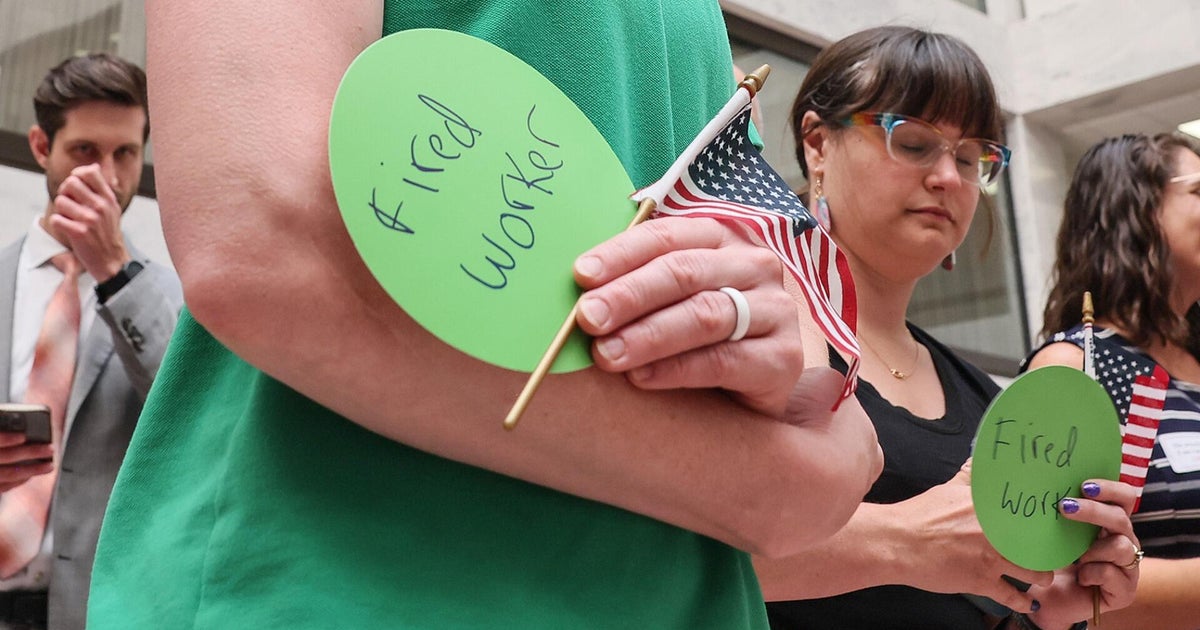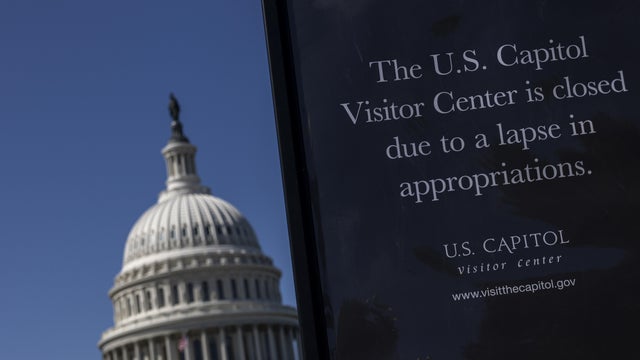

No response returned

Employers across the U.S. cut nearly 950,000 jobs this year through September, the largest number of layoffs since 2020, to outplacement firm Challenger, Gray & Christmas.
Job cuts could surpass more than 1 million in 2025, the group forecast. The layoffs this year, although elevated, remain well below the massive workforce reductions in 2020, when the pandemic shuttered businesses across the nation, leading to 2 million layoffs through September of that year, Challenger noted.
The rise in layoffs comes as the in recent months, with employers also sharply scaling back their hiring plans, according to labor data. Companies now expect to bring on 58% fewer workers for the rest of the year compared with their projections a year ago, the firm found.
"Previous periods with this many job cuts occurred either during recessions or, as was the case in 2005 and 2006, during the first wave of automations that cost jobs in manufacturing and technology," said Andy Challenger, senior vice president and labor expert for Challenger, Gray & Christmas, in a statement.
The government shutdown could lead to more job cuts, with the White House Office of Management and Budget last week to consider layoffs during a closure.
In the absence of the government's monthly jobs report, other measures of the labor market's health are drawing more attention from economists. On Wednesday, ADP said that payrolls at private employers in September.
However, some signs suggest that the pace of layoffs is easing, with Challenger's data showing that businesses announced roughly 54,000 job cuts in September, a 37% drop from the nearly 86,000 cuts announced in August.
The Federal Reserve is monitoring the labor market for signs of weakness, with Fed Chair Jerome Powell last month citing the headwinds facing workers as the primary reason the central bank lowered its benchmark interest rate by . The Fed is penciling in two additional rate cuts for the remainder of 2025.
A decline in borrowing costs for businesses and consumers could help bolster the job market, Challenger said. As interest rates fall, businesses have more flexibility to expand and hire more workers.
"Right now, we're dealing with a stagnating labor market, cost increases and a transformative new technology. With rate cuts on the way, we may see some stabilizing in the job market in the fourth quarter, but other factors could keep employers planning layoffs or holding off hiring," Challenger said.





